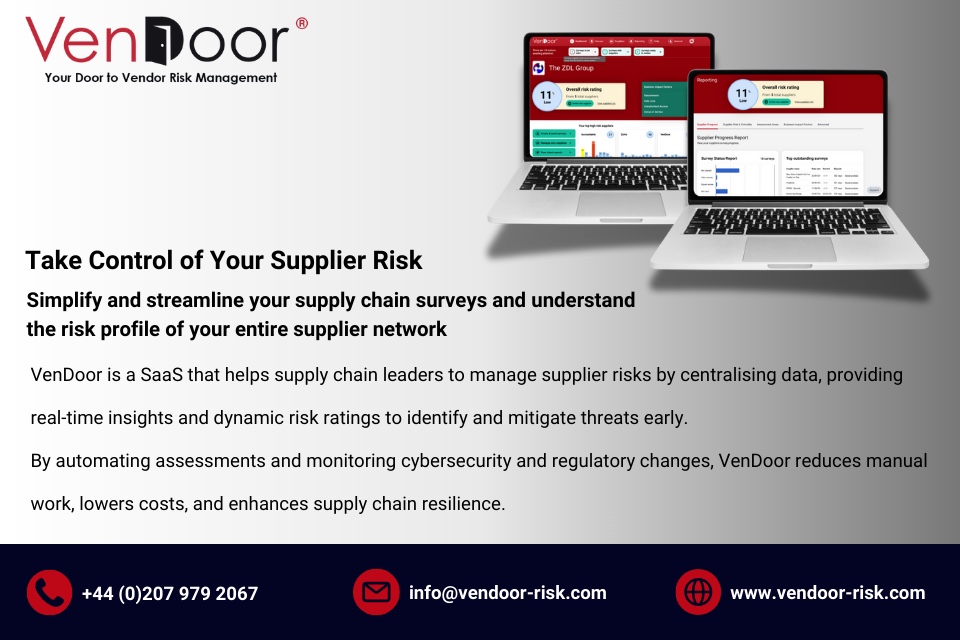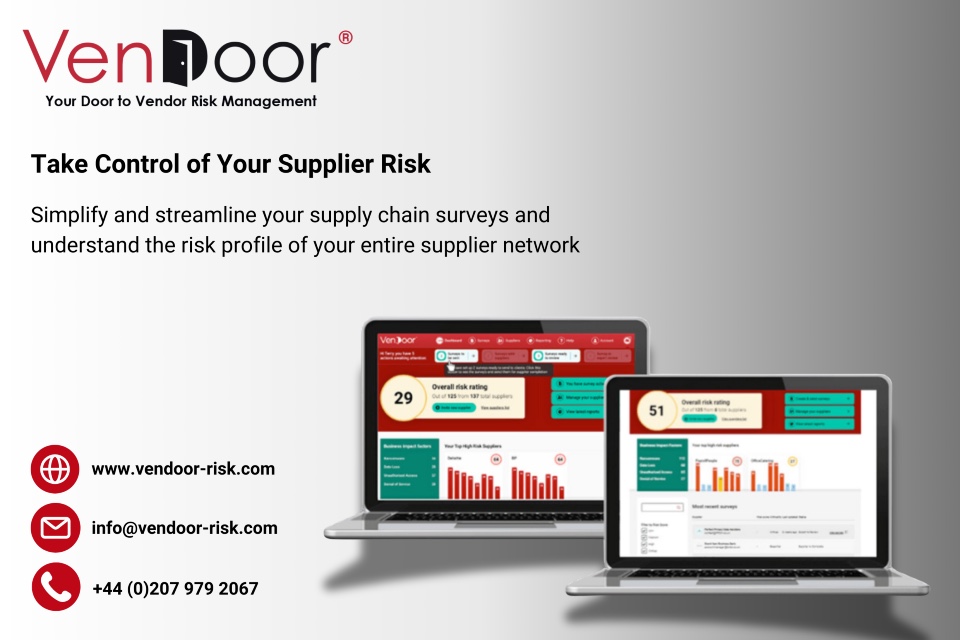Moody’s Analytics research into third party risk management shows that the threat to reputations is a key driver of investment in supplier risk detection.
Key findings include 69% of businesses say they do not have the necessary visibility over their supply chains to uncover risk in their organisational networks to avoid reputational harm.
Meanwhile, 70% of businesses are growing their investment in third party risk management and 74% rated their third party risk management sophistication as either poor or mediocre
Businesses pointed to a range of factors driving these assessments: a lack of data, difficulty evaluating every organization in a supplier network, and the responsibility for supply chain visibility being spread across departments.
Keith Berry, General Manager, Know Your Customer Solutions at Moody’s Analytics, said: “The past couple of years have brought supplychain risk to the fore. Organisations that can account for the environmental impact of their suppliers and demonstrate that they work with fair and ethical organizations can better protect their reputations and are more appealing to consumers. It’s clear that visibility of supply chain risks can provide huge competitive advantages.
“Identifying risks associated with suppliers buried in the supply chain is crucial to corporate responsibility and to protecting reputations, especially for consumer-facing businesses and regulated organisations which are particularly sensitive to reputational risk. Yet gaining visibility into operations and suppliers in lower tiers of the supply chain is a challenge, with their data unavailable or firms not required to release information.
“Supply chain issues, such as those seen in the retail sector and in a recent case of an Iranian drone found to contain US parts, have brought supplier risk into sharper focus and demonstrate the reputational impact supply chain risk can have. New regulation such as the German Supply Chain Due Diligence Act and the EU’s upcoming Corporate Sustainability Reporting Directive has further amplified the strategic importance of supply chain visibility.”







